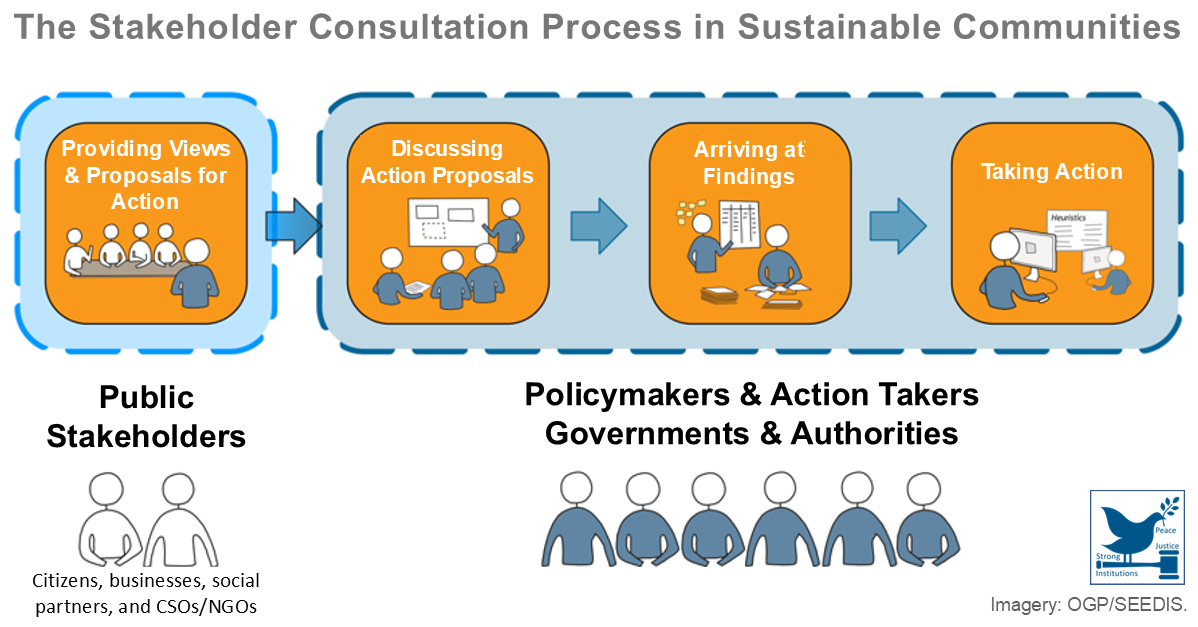Banks compete for lead arranger mandates on pricing and syndication strategy. The syndication strategy determines the type of syndicate (firm-commitment, best-efforts or club deal) and establishes the syndicate structure, which banks to invite, the up-front fees to offer them, the underwriters’ final hold as well as the pricing of the transaction. The basic syndication strategy is specified in the term sheet submitted by the bidding bank, agreed with the borrower and acknowledged in the mandate letter.
The four basic ways to structure a syndicate are:
- Sole MLA with no sub-underwriting – Initial underwriting by the sole mandated lead arranger (MLA) followed by general syndication;
- Joint MLA with no sub-underwriting – Initial underwriting by joint mandated lead arrangers followed by general syndication;
- Sole MLA with sub-underwriting – Initial underwriting by the sole mandated lead arranger followed by sub-underwriting then general syndication; and
- Joint MLA with sub-underwriting – Initial underwriting by joint mandated lead arrangers followed by sub-underwriting then general syndication.
Although syndicate strategy is the responsibility of the lead arrangers, their bid will generally reflect the wishes of the borrower as to syndication strategy and the banks to invite. Borrowers commonly request invitation of relationship banks as sub-underwriters, who usually accommodate the borrower’s request for waivers and amendments, in order to reward them with league table status and increased compensation. However, consideration of the borrower’s wishes in establishing and executing syndication strategy complicates syndicate structuring and distribution for MLAs.
Whereas most of the benefits of small syndicates accrue to the borrower, most of the benefits of large syndicates accrue to the underwriters.
2024-09-11T14:04:11+02:00Share the knowledge! Choose your platform:


Leave A Comment
You must be logged in to post a comment.